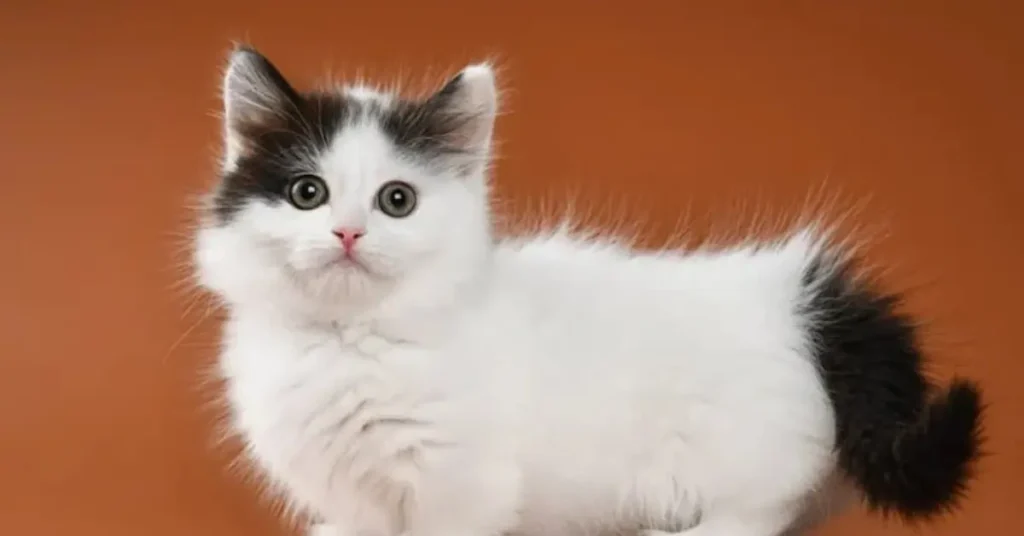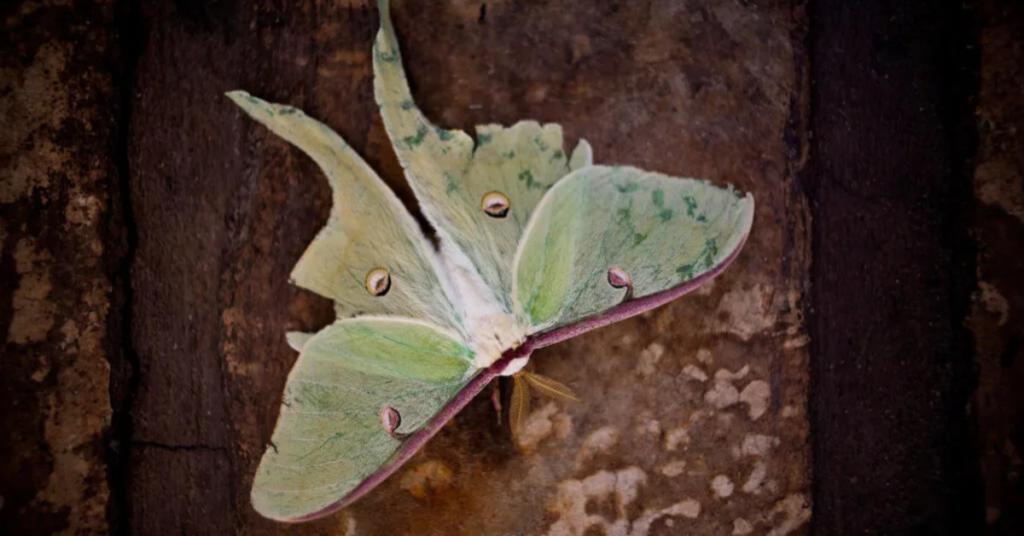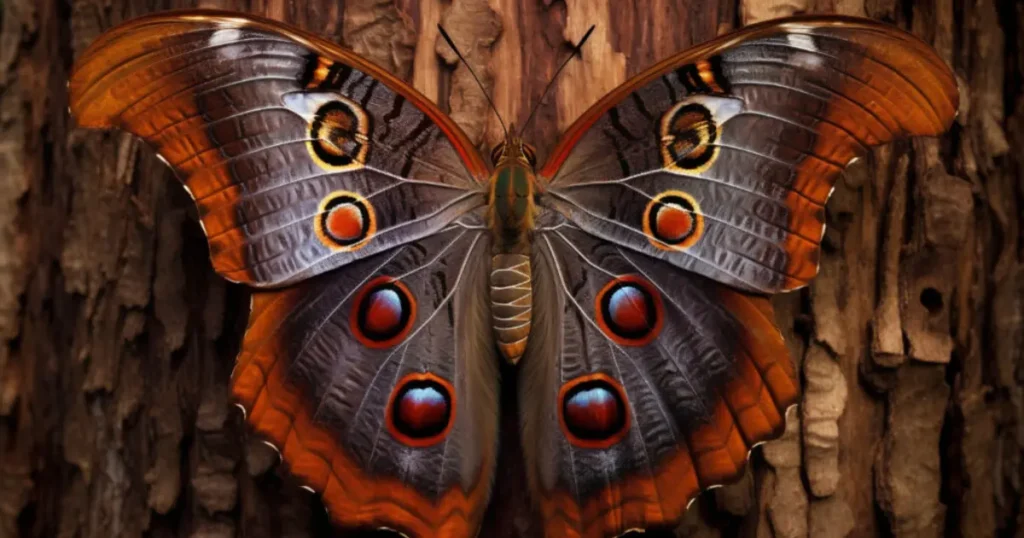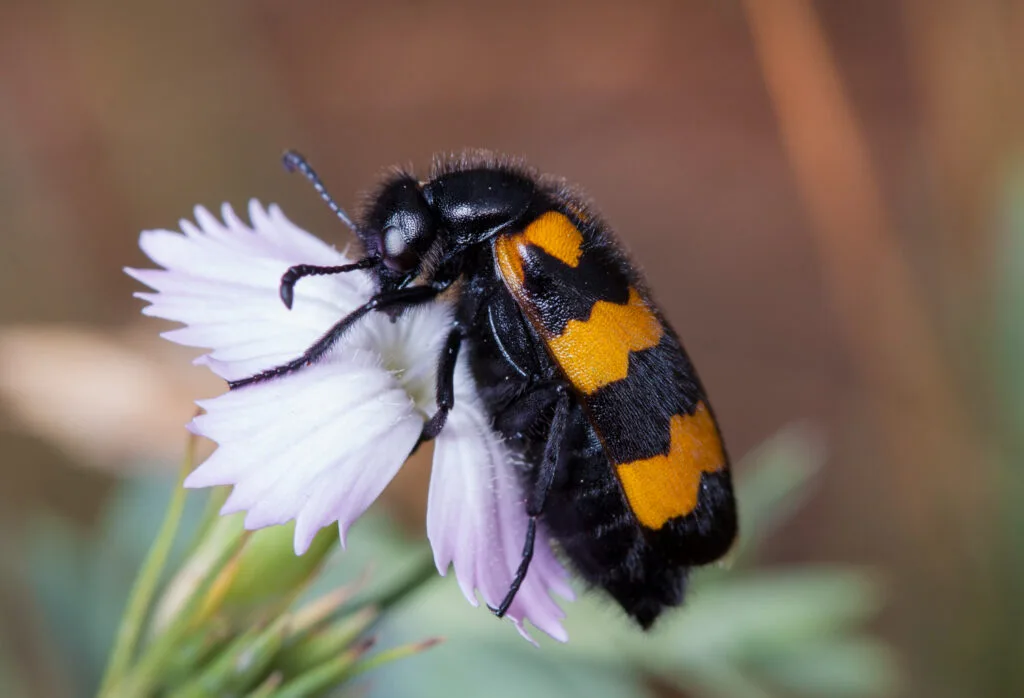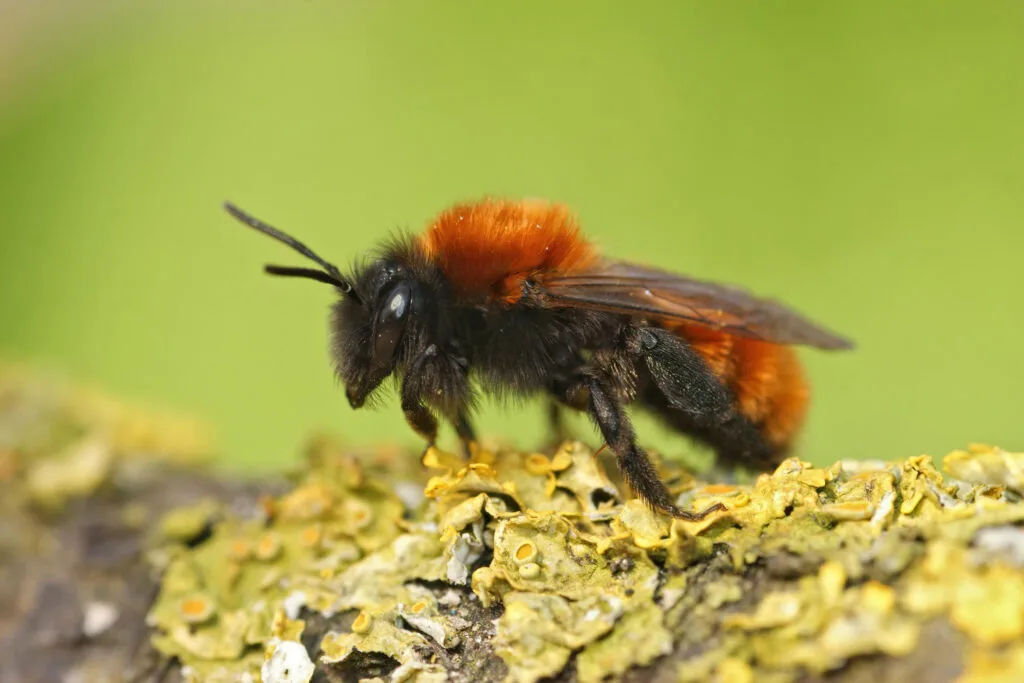The African wilderness is home to many legendary creatures, but none dominate the skies like the Martial Eagle. This mighty bird of prey is an emblem of strength, precision, and survival. With piercing yellow eyes and a wingspan that commands respect, the Martial Eagle soars fearlessly over Africa’s landscapes.
In this complete guide, we explore the fascinating world of the Martial Eagle, covering its physical traits, habitat, diet, health, behaviour, and the urgent need for conservation.
Table of Contents
ToggleAfrica’s Sky King
The Martial Eagle (Polemaetus bellicosus) is the largest and most powerful eagle found across sub-Saharan Africa. Named after the Roman god of war, Mars, this raptor lives up to its title, reigning supreme in the sky.
Its exceptional hunting skills and sharp vision make it one of the most respected apex predators in the bird kingdom. With the ability to spot prey from over 5 kilometres away, the Martial Eagle is built for survival.
Physical Traits – Nature’s Perfect Predator
Impressive Size and Features:
- Wingspan: Up to 2.6 metres (8.5 feet)
- Body Length: 78 to 96 cm (30 to 38 inches)
- Weight: 4 to 6.5 kilograms (8.8 to 14.3 pounds)
The Martial Eagle’s upper body is covered in dark brown feathers, while its underparts display striking white plumage speckled with black spots. Its sharp, hooked beak and muscular legs give it the tools to bring down even large prey.
The bright yellow eyes are not just for show. These eyes are powerful enough to detect small movements from great distances, making hunting highly effective.
Talons of Destruction
One of the Martial Eagle’s most formidable weapons is its talons. Measuring up to 12 cm (5 inches), these talons can crush the bones of prey with ease. Whether hunting mammals, reptiles, or birds, its powerful grip ensures a quick kill.
Habitat – Where Does the Martial Eagle Live?
The Martial Eagle calls the wide-open spaces of sub-Saharan Africa home. From the savannah grasslands of Kenya to the rocky cliffs of South Africa, it thrives in diverse environments.
Preferred Habitats Include:
- Open Savannahs
- Semi-Desert Regions
- Rocky Hills and Mountain Slopes
- Woodland Edges
This eagle prefers elevated spots like tall trees or cliffs for nesting. These locations provide safety for their young and a perfect vantage point to hunt.
Diet
The Martial Eagle has a varied diet and is known to hunt prey larger than itself. Its hunting technique involves soaring high, spotting prey, and diving at incredible speeds to strike.
Primary Prey Includes:
- Mammals: Monkeys, young antelopes, hyraxes, hares
- Birds: Guinea fowls, francolins, and even flamingos
- Reptiles: Large lizards, monitor lizards, and snakes
- Occasionally Livestock: Young goats and lambs, causing conflict with farmers
With its lethal speed and strength, the Martial Eagle can take down prey weighing up to 8 kg, often delivering a fatal blow instantly.
Hunting Behaviour – A Silent and Deadly Hunter
These Eagles hunt primarily during the day. Their preferred method is to soar high above the ground using thermal currents, conserving energy while searching for prey.
Once spotted, the eagle tucks its wings and dives at speeds up to 200 km/h. This swift strike leaves little chance for escape.
Breeding and Reproduction
Martial Eagles form lifelong pairs and defend their territories aggressively. Breeding is a serious commitment for these birds.
Breeding Highlights:
- Breeding Season: Usually during the dry season
- Nesting Sites: Tall trees or high rocky cliffs
- Clutch Size: Typically one egg per breeding season
- Incubation: 45 to 50 days
- Fledging Period: 90 to 100 days before the chick leaves the nest
With only one egg per year and a long rearing period, population recovery for the Martial Eagle is slow. This makes conservation efforts even more critical.
Lifespan and Health
In the wild, a Martial Eagle can live between 20 to 30 years. In captivity, they may live even longer due to the absence of predators and stable food sources.
Health Challenges:
- Electrocution: Collisions with power lines are a significant cause of death.
- Poisoning: Often indirectly poisoned by carcasses laced with toxins meant for predators.
- Parasites and Diseases: Common in degraded habitats with limited prey.
- Habitat Loss: Leads to malnutrition and stress-related health issues.
Despite being physically powerful, the Eagle faces significant health threats due to human activities.
Understanding the Apex Predator
- Solitary Lifestyle: Except during mating and raising chicks, Martial Eagles prefer a solitary existence.
- Territorial Nature: They control large hunting territories and actively defend them.
- Diurnal Activity: These eagles are daytime hunters, relying on their vision and stealth.
Minimal Vocalisation: Unlike some birds, prefer silence during hunting, relying on their keen senses and deadly speed.
Is the Martial Eagle Endangered?

Yes, the Martial Eagle is classified as Endangered by the International Union for Conservation of Nature (IUCN).
Key Threats Include:
- Habitat destruction due to farming and urban development
- Human-wildlife conflict and persecution
- Poisoning and pollution
- Collisions with power lines and wind turbines
- Climate change affecting food sources and breeding success
With declining populations across Africa, immediate conservation actions are essential to prevent extinction.
Conservation Efforts –
Conservation groups are taking action to save this majestic predator.
- Habitat Protection: Establishing protected areas for safe breeding and hunting.
- Community Awareness: Educating farmers and local communities about the ecological benefits of Martial Eagles.
- Satellite Tracking: Helps researchers understand movement patterns and plan protection strategies.
- Advocacy: Pushing for wildlife-friendly infrastructure and stronger policies against illegal killings.
Cultural Significance
In African traditions, the Martial Eagle is revered as a symbol of bravery and vision. Warriors once wore eagle feathers to represent strength. Even today, some communities believe that seeing a Martial Eagle is a sign of good luck.
1. What is the scientific name of the Martial Eagle?
The scientific name is Polemaetus bellicosus.
2. How strong is the Martial Eagle’s grip?
Its talons can exert enough force to crush bones, making it one of the strongest raptors in the world.
3. Are Martial Eagles dangerous to humans?
No, they avoid human contact and are not a threat unless provoked.
4. Why is the Martial Eagle endangered?
Habitat loss, poisoning, human conflict, and slow reproduction contribute to its endangered status.
5. How far can a Martial Eagle see?
They can spot prey from distances of up to 5 kilometres.
6. Are Martial Eagles migratory?
No, they remain within their established territories year-round.
Conclusion
The Martial Eagle is a symbol of wild beauty and natural power. Yet, without urgent conservation efforts, this magnificent bird may disappear from Africa’s skies.
By supporting wildlife organisations, educating communities, and promoting responsible environmental policies, we can help secure a future where the Martial Eagle continues to soar freely over Africa’s vast landscapes.


